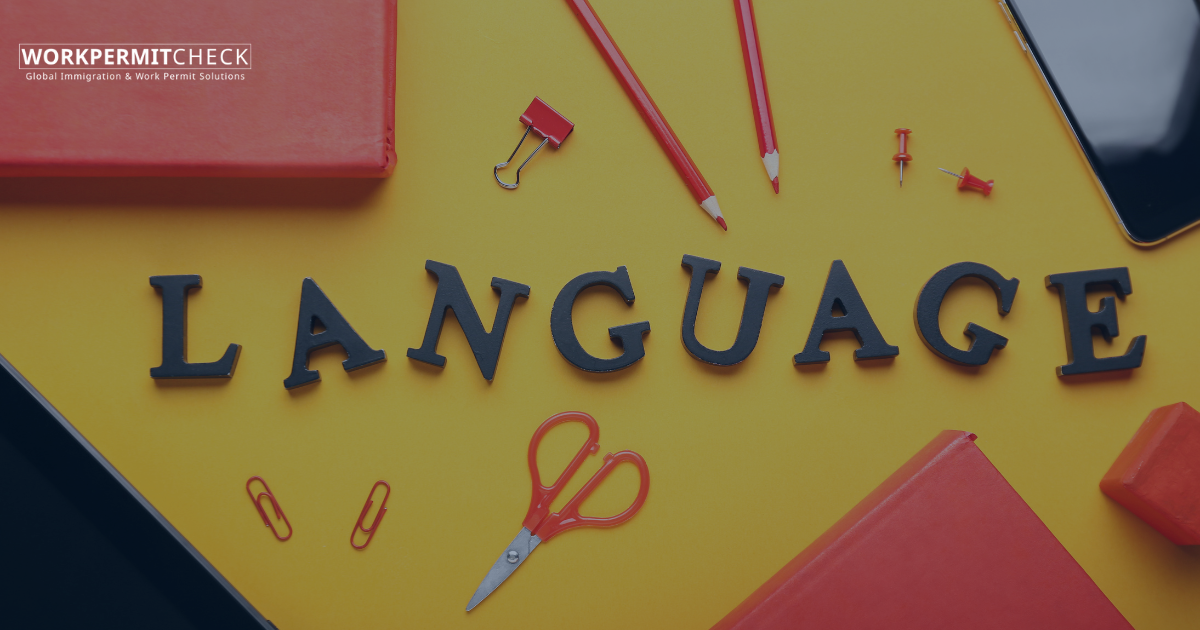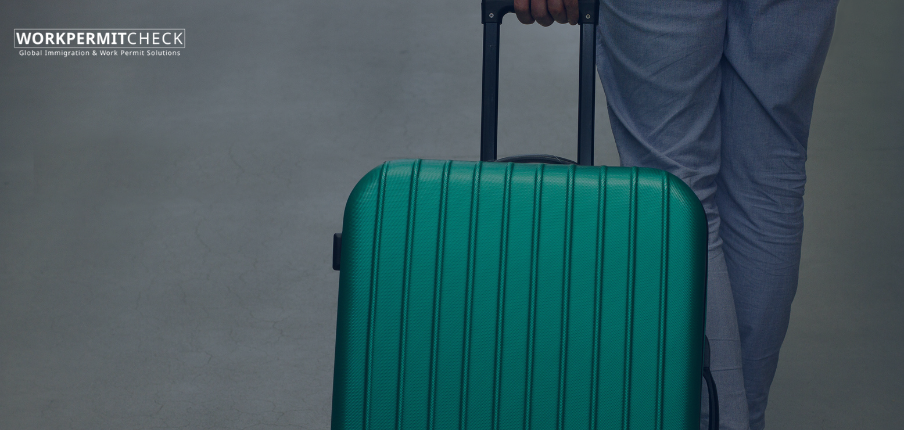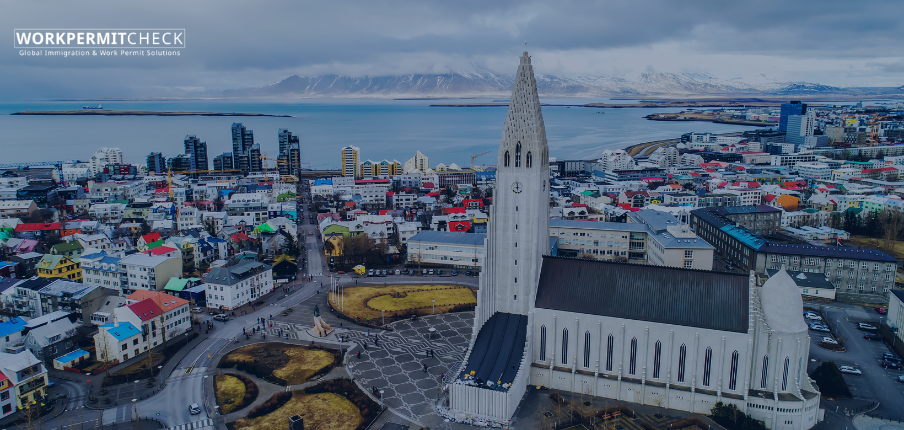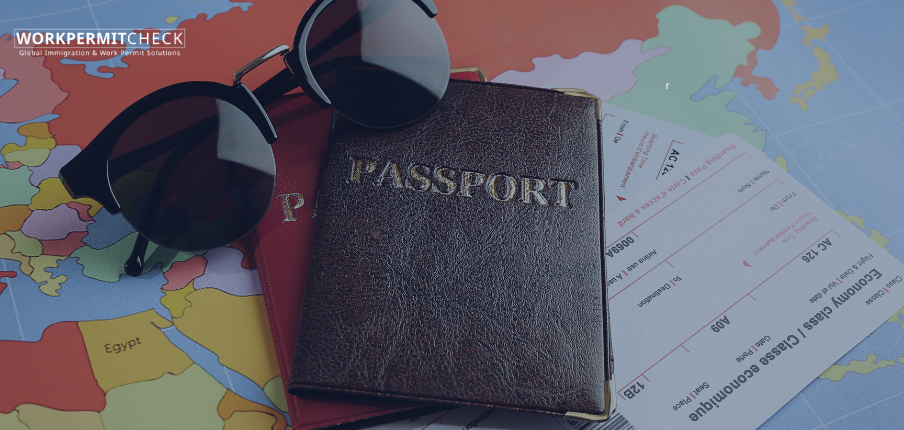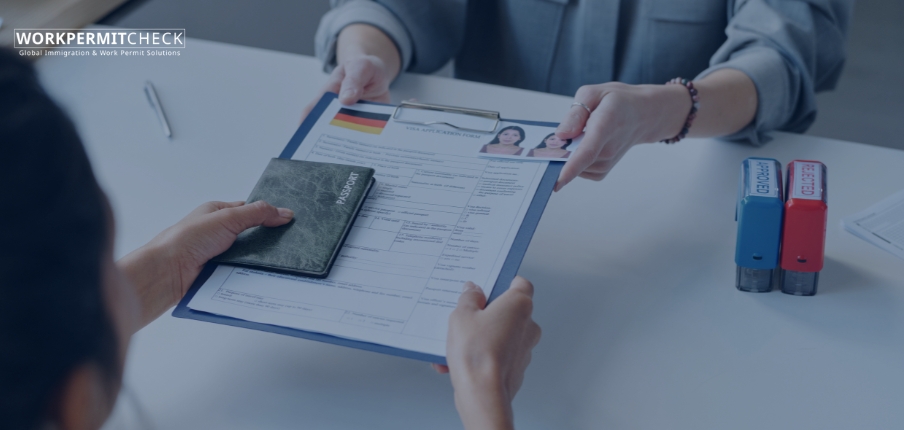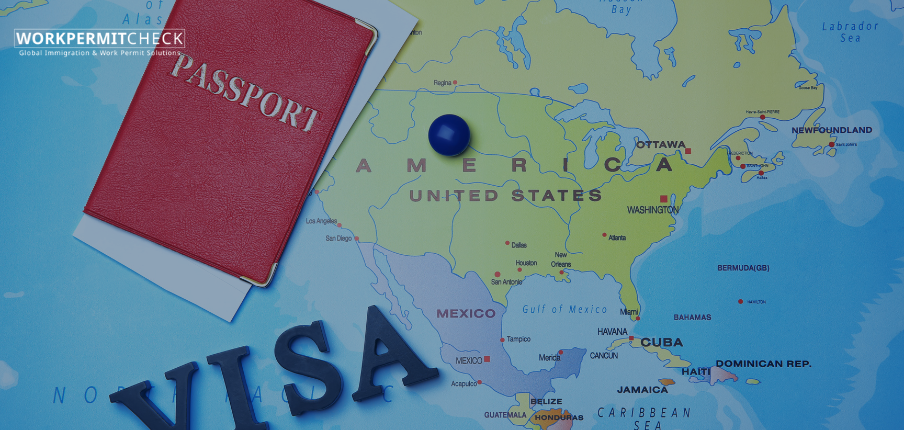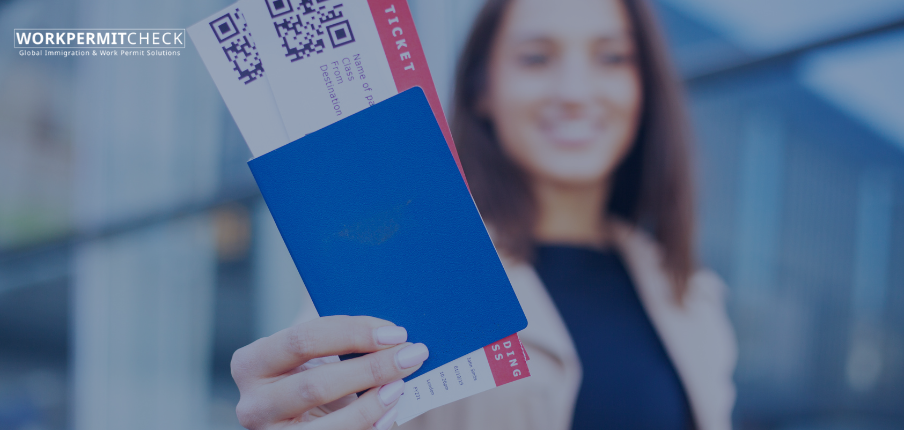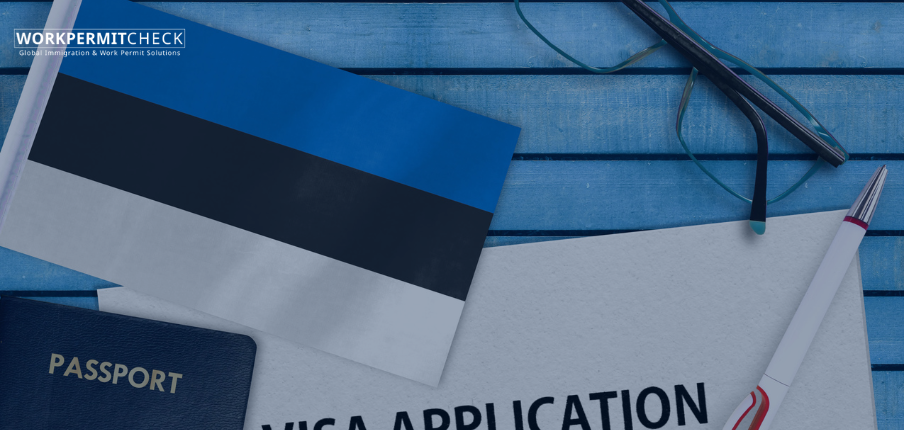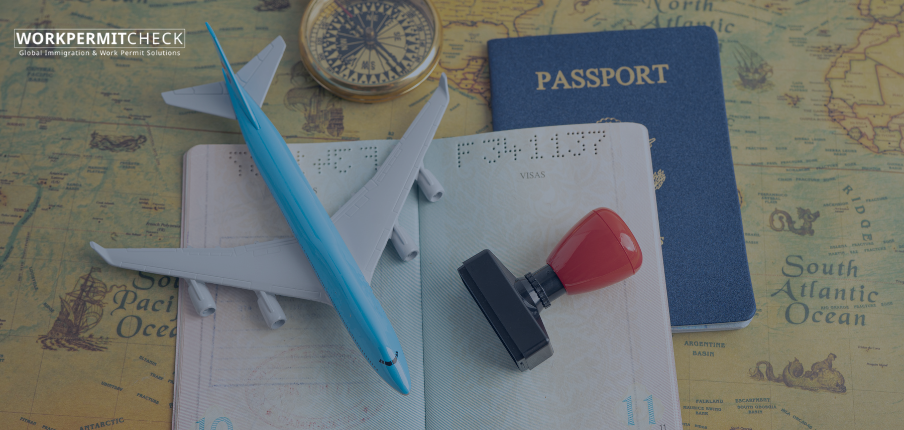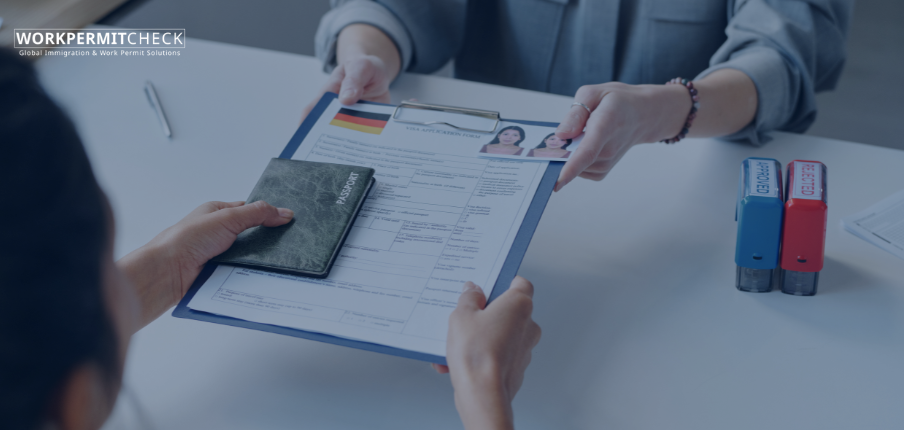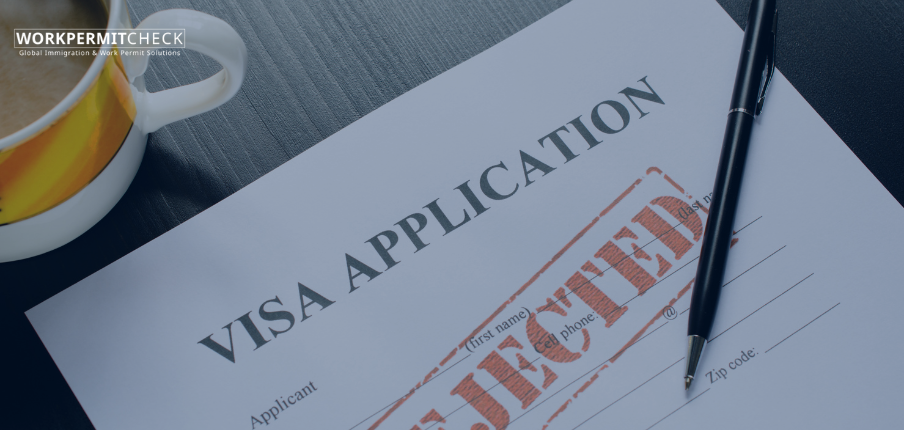Australia allows many spouses and de facto partners of work visa holders to live and work in the country, depending on the type of visa the primary applicant holds. This approach helps families stay together and supports skilled migration by offering dependents access to employment opportunities.
However, the rights and conditions for spouses differ across visa subclasses, so it’s essential to understand what each allows before arrival.
Work Rights for Spouses of Temporary Work Visa Holders
Most Australian temporary work visas—such as the Temporary Skill Shortage (TSS) visa (subclass 482) or the Temporary Graduate visa (subclass 485)—allow eligible spouses or partners to apply for a dependent visa.
Dependent (secondary) visa holders are generally permitted to:
• Live, work, and study in Australia without separate sponsorship
• Work full-time in any occupation or sector, unless restricted by the visa conditions
There are no specific work limitations for dependents under most skilled visa categories, giving partners the flexibility to seek employment throughout Australia.
Permanent Work Visa Holders’ Spouses
For holders of permanent work visas, such as the Employer Nomination Scheme (subclass 186) or the Regional Sponsored Migration Scheme (subclass 187), spouses and family members included in the visa application automatically receive permanent residence status.
This grants them:
• Full work rights
• Access to public healthcare (Medicare)
• Eligibility for certain social security benefits after the qualifying period
Spouses of Other Visa Categories
If the main visa holder is on a short-term or limited-entry visa (such as seasonal work or short business visas), their spouse or partner may not automatically receive work rights. In such cases, the dependent must apply separately for a visa that permits employment.
Always check the specific visa conditions listed in the grant letter or on the Department of Home Affairs (DHA) website.
Application Process for Dependents
Spouses or de facto partners can usually apply for a dependent visa at the same time as the main applicant or later as a subsequent entrant.?To qualify, they must provide:
• Proof of relationship (e.g., marriage certificate or cohabitation evidence)
• Medical and character clearances
• Valid passport and identification documents
Once approved, the dependent’s work rights become active upon arrival in Australia.
Why Visa Verification Matters
While Australia’s immigration system offers generous rights to spouses, it’s crucial to verify the authenticity of the primary visa or work permit before relocation. Fraudulent or invalid documents can result in refusal of entry, loss of work rights, or even deportation.
You can confirm the authenticity of your Australian work permit quickly and securely through WorkPermitCheck.com.
Disclaimer
This article is for informational purposes only and does not constitute legal or immigration advice. WorkPermitCheck.com provides independent verification services to help users confirm the authenticity of work permits and employment documents. For official advice, please refer to the Australian Department of Home Affairs or consult a registered migration agent.
October 9, 2025






































